The popularity of LGBTQ+ among Kenyan teenagers has grown tremendously, with some experimenting with the gay and bisexual lifestyle.
Africa is known to import values, vices, and practices from western countries. Kenya tops the list as it quickly adopts fashion, parenting methods, educational techniques, entertainment styles, and eating habits.
All signs point at Kenya adopting the LGBTQ Pride movement.
In the last month, Kenya searched LGBTQ+ meaning 5,400 times. These numbers are bound to rise as Gen Z continues to mature and have access to the internet.
It is a matter of time before the LGBTQ+ community finds a permanent residence in Kenya. The Kenyan teenagers are the targets for making this happen and raise the LGBTQ flags.
You may ask, how is this happening?
The subtle methods used to grow the LGBTQ pride worldwide include:
- Social media and popular teen Apps
- Movies and series (Most productions require LGBTQ narrative)
- Education system (LGBTQ education mandatory in some western countries)
- Funding requirements (The need to promote the LGBTQ agenda to get funding even for youth programs)
Organizations like Kenya Films Board have slowed down the process by discouraging the airing of Kenyan movie production with LGBTQ characters.
Parents have also signed petitions online to reject the inclusion of sex education material in schools that are considered explicit for age and may lean towards LGBTQ.
As a Kenyan parent, you need to play an active role in your teenager’s life to know what they are feeding their minds with; in school, at home, and while with their friends.
Nurturing a non-judgmental conversational culture in your home where the family members share their thoughts is an excellent way to have this discussion.
Today we’ll start you on that journey by discussing the LGBTQ+ meaning of each letter, the LGBTQ+ agenda, and the way forward for you and your teenager.
But first, let’s listen to a gender-neutral family member explaining their family dynamics.
What is the LGBTQ+ Meaning of Each Letter?
LGBTQ+ encompasses the people who do not fit in the biological male and female category, or their sexual attraction is not bound between male and female only.
The gay period started in the late 19th Century with a detailed growth plan devised. The gay community was the initial term used until the late 1980s when more people arose with various sexual orientations and gender identities—the term changed to the LGBTQ community to include other variations.
Currently, there are 76 gender identities and 46 sexual orientation/attractions lifestyle—all under the envelope of the LGBTQ+ community.
Here are some common LGBTQ+ terms and their meaning:
Lesbian: A female who has sexual attraction to females
Gay: A man who is sexually attracted to other men. Lesbians also use this term.
Bisexual: Showing sexual attraction towards both males and females.
Transgender: A person who chooses another gender identity different from the biological gender.
Two-spirit: People who feel they have and exhibit both male and female spirits.
Queer: People who feel they don’t fit in the heterosexual, gay, or lesbian orientation.
Questioning: A person who’s exploring and searching for their gender, sexual identity, and sexual orientation.
Asexual: Lack of sexual attraction to anyone.
Pansexual: People with sexual attraction to anyone of any sex and gender identity.
Pangender: People who feel they identify as all genders.
Non-binary: A person whose identity varies from either male or female, combining both or something else they choose.
Novigender: A gender identity unexplained by human language because it’s unique and complex.
Imagine having to explain the 76 genders to a child!
An even greater challenge is explaining these terms to a teenager who’s already going through an identity crisis.
In our ParenTeen teen workshop, we discuss identity and purpose, and this topic is a common discussion that Gen Z teenagers want to have.
What is the LGBTQ+ Agenda?
Over the decades, there has been a progressive redefinition of the previously undisputed norms, such as human beings are created either male or female, and due to that, there are some inborn differences.
This change came in stages, with modern feminism starting it off and the gay and transgender movements following, respectively.
Here’s a clearer picture of the progressive change.
| Movement | Mindset Shift |
| Feminism | – Challenged the traditional roles of men and women.
– Glorified the men’s roles and belittled the female’s roles. |
| Gay | – Challenged the principle that males and females were meant to complement each other sexually. |
| Transgender/LGBTQ+ | – Disputed that all people have a biological sex.
– Propagated that an individual could change their biological sex. |
The definition of LGBTQ pride outlines the group’s agenda to achieve the LGBTQ movement goals and raise the LGBTQ flags worldwide.
Gay pride or LGBT pride is the promotion of the self-affirmation, dignity, equality, and increased visibility of lesbian, gay, bisexual, and transgender (LGBT) people as a social group. Wikipedia
The LGBTQ community makes < 4% of the world’s population, but the publicity they receive from media, especially in western countries, has convinced people the numbers are huge, which has enabled the seamless progression of the LGBTQ agenda.
“Americans perceive that more than one in five Americans are gay or lesbian, far greater than the actual rate as measured by self-reports on Gallup Daily tracking. Some of the overestimation may reflect Americans’ lack of knowledge about social statistics and demography…” Gallup Study
Secondly, the LGBTQ agenda plans to raise their numbers by influencing children and teenagers (future adults) to choose or support the LGBTQ lifestyle. A recent study by Statista showed that 5.6% of Americans identify as LGBTQ compared to 15.9% of American Gen Z who identify as LGBTQ.
Lastly, the LGBTQ+ agenda pushes businesses, religious groups, and organizations to accept them without questions asked. The use of the law and media shaming has forced businesses and progressive religious institutions to go against their policies due to the fear of losing money, members, and customers.
The LGBTQ community has succeeded in achieving its goals in Western countries, which indicates that they may establish themselves in Kenya in due time.
Which way forward for the Kenyan parent?
LGBTQ Community and The Kenyan Parent: What Next?
LGBTQ community is making its way to Kenya; it’s not a matter of if but when. As a Kenyan Parent, you need to prepare your teenager for this move by:
– Teaching them to respect everyone, even those that are different from them. Of course, it doesn’t mean your teen accepts every new trend that comes, but they should relate respectfully with those leading a different lifestyle.
– Train your child to study the Word of God, which will give them direction in life. Today’s culture propagates that truth is relative; this position has caused more teens to become confused because they are told to believe what they feel is right for them.
Teenagers are left to form sexual and gender belief systems from their friends, movies, and social media influencers. These voices result in increased identity confusion. However, if they have the Bible as the only source of truth, they can sieve what is right and wrong.
More teenagers than ever are asking for chemical or surgical aid aimed at “correcting” their gender, and yet teen suicide rates continue to rise. Psychology today
– Discuss with your teen about their sexuality and gender. Logically address questions such as; is gender determine biologically, or is it a social construct? Can you change your gender 100%? These are the questions they seek answers for, and you are better placed to offer the guidance you would like them to follow.
— Look for legitimate websites that give you honest verifiable facts and truth from people who have lived both lives. Social media and movies give a one-sided rosy side of things as they do all other areas like romance, skipping school, one-night stands, and alcohol intake.
Parenteen Kenya Addresses Identity Crisis
Identity crisis is part of the teen experience in the adolescent stage. They will question who they are and seek to know the place they ought to take in the world.
The increased number of gender identities and sexual orientations has added more work for the parent, educator, and teen mentors as they seek to help them navigate through it.
Our gender is the foundation of how we live our lives effectively. The goal is to help your teenager get it right.
ParenTeen Kenya’s teen workshop discusses this topic in detail as we look into gender and sexuality and what it means to your teen.
Book your spot today for the upcoming teen’s workshop.
Subscribe to get updates on the upcoming trends that affect your teenager.
Images source: Unsplash
Jane Kariuki is a devout Christian, Clinician, Psychologist, and founder of ParenTeen Kenya. She authored an exceptional training manual used in her teens’ workshop and an instructional guidebook for her parenting classes. If she is not training, blogging, or counseling, Jane loves to spend time with her sweet husband and three children.

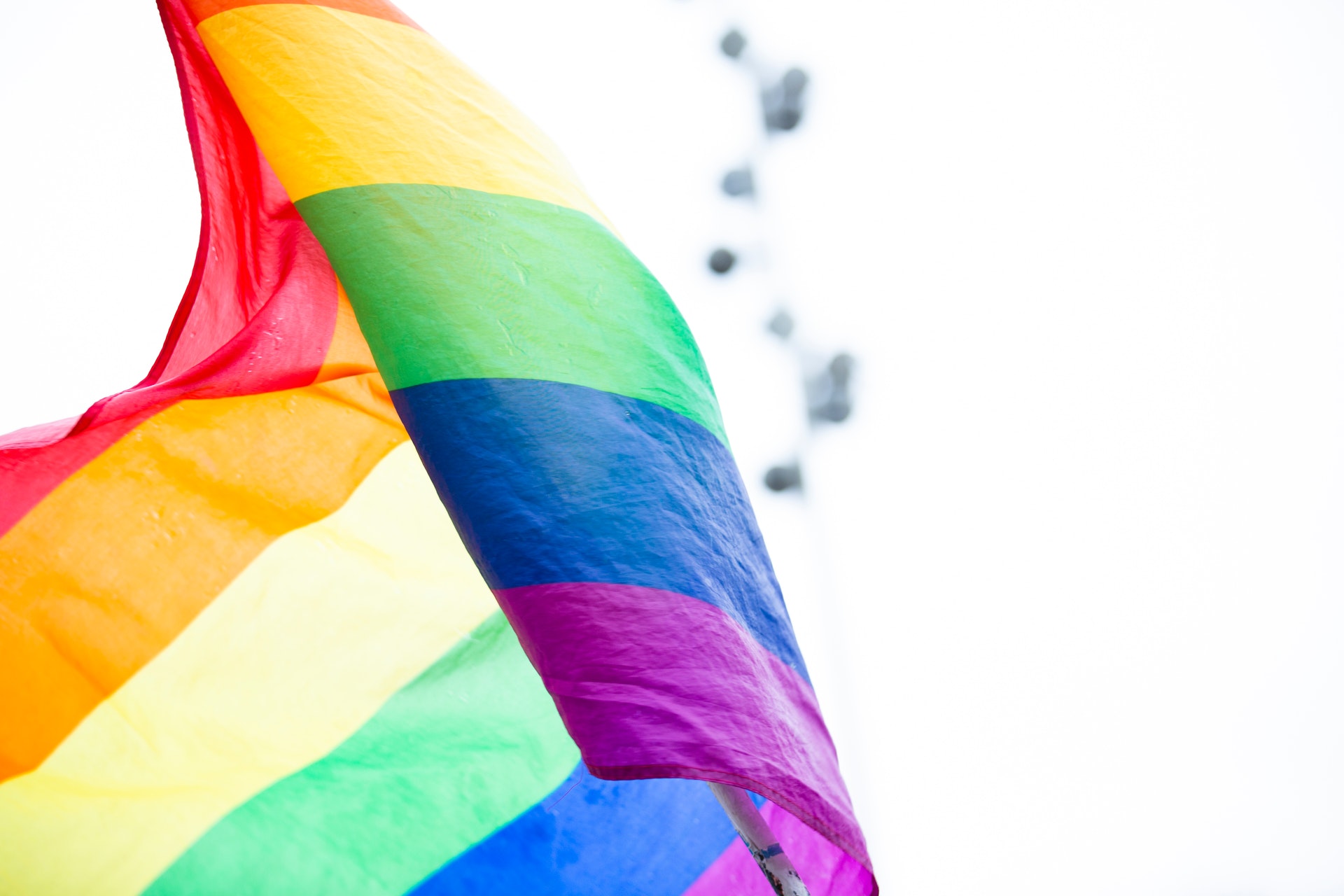

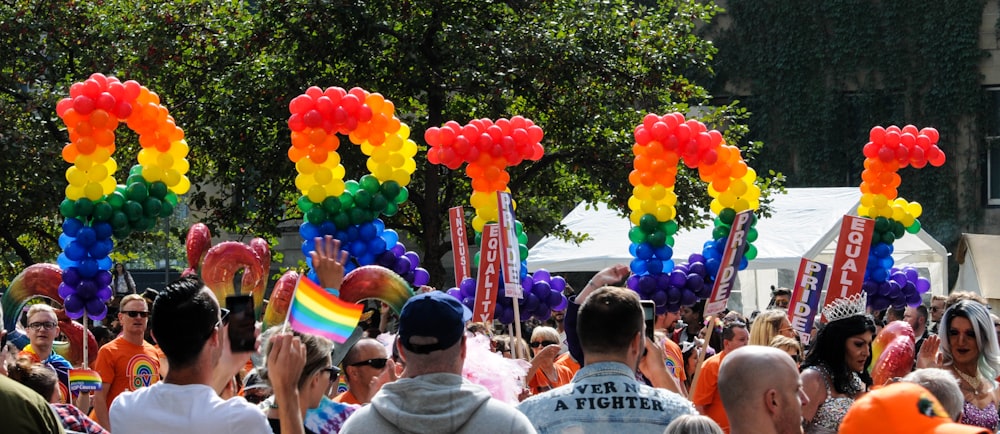


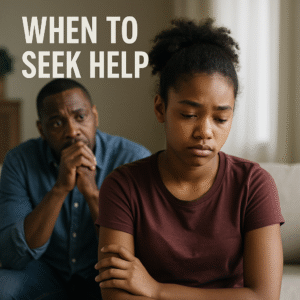
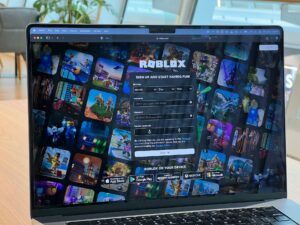
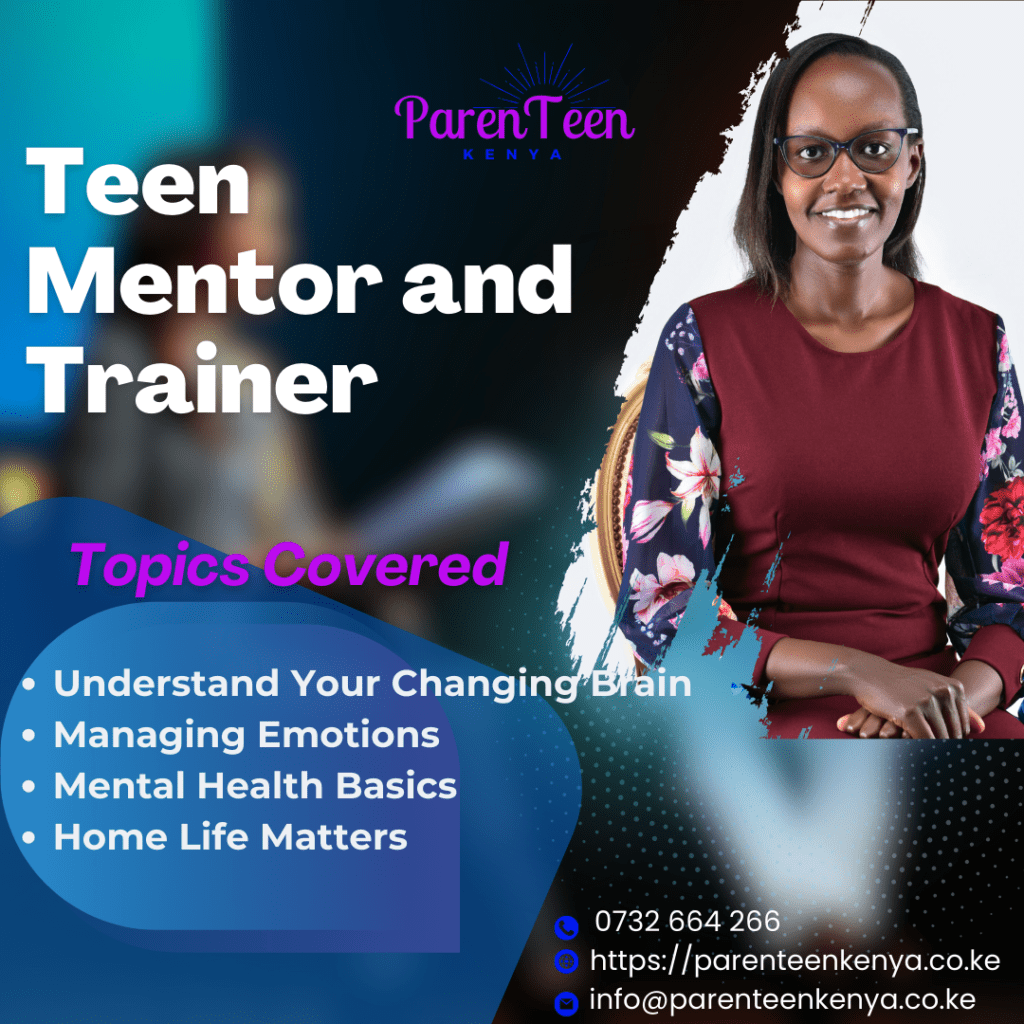
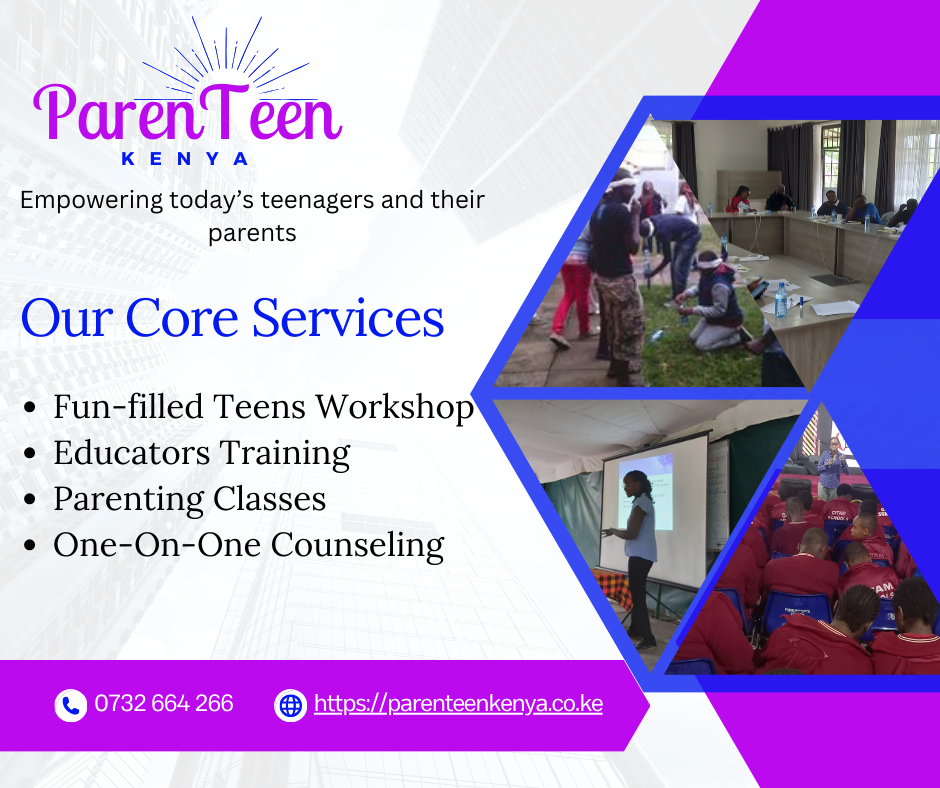
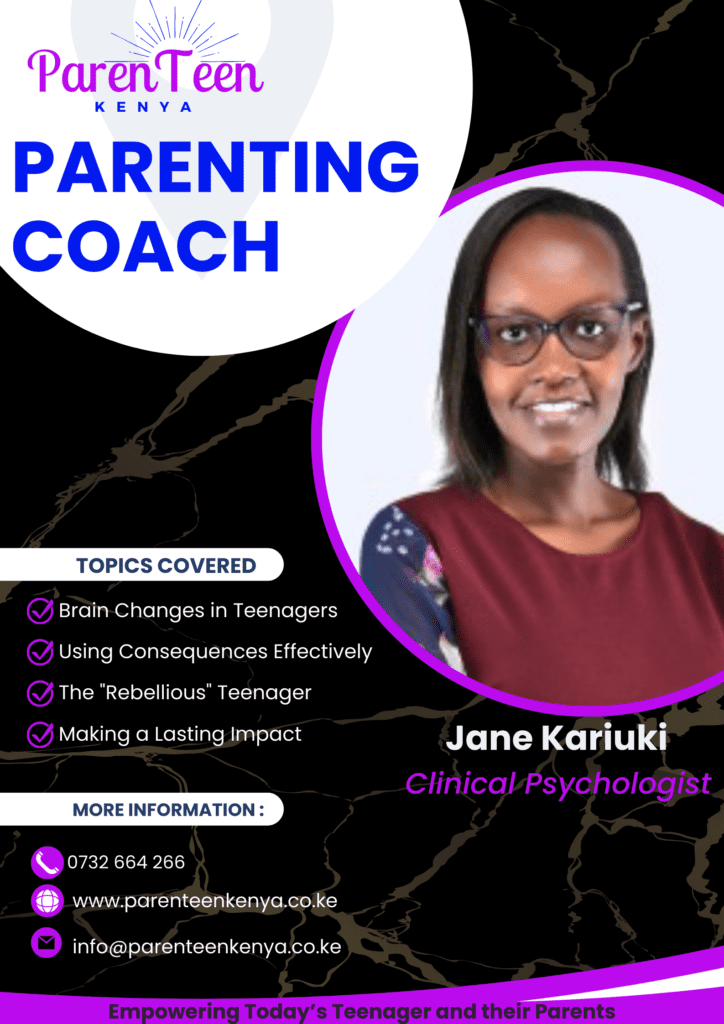
This is great content, I have learnt more than I knew. I can now better engage my teen without being anxious that I’ll miss the point.
Thank you Peter, good to have been of help.
[…] Related: LGBTQ+ Community Explained to The Kenyan Parent […]